SHOP DRY EYE CARE TODAY!
Use code VISIONARYEYE20 at checkout for 20% off!
Many people will experience a migraine from time to time. In fact, an estimated 1 billion people across the world suffer from migraines. However, the headaches and migraines that are associated with vision or cause vision problems, are rarely typical. If you’re prone to migraines and headaches that cause vision impairment or even vision loss, you may be suffering from an ocular migraine. You may be wondering “what is an ocular migraine?” and you’re not alone. They’re often misunderstood or misdiagnosed as a different type of headache or eye condition which leaves many confused about what issue they are being affected by.
Learn more about what an ocular migraine is below, along with noticeable symptoms, possible treatments, and prevention methods of this eye condition.
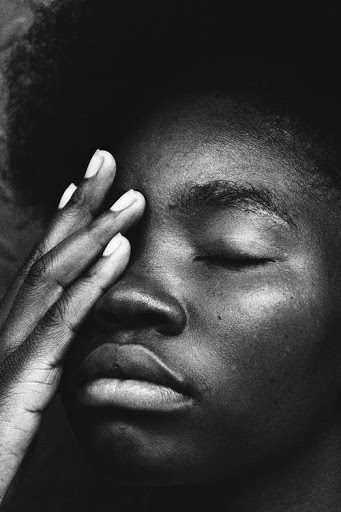 What is an Ocular Migraine?
What is an Ocular Migraine?An ocular migraine is defined as being a rare condition that affects your vision in one eye. This type of migraine is characterized by temporary loss of vision or even blindness in just one eye, not both, and vision typically returns to normal within an hour. These migraines may be painless for some people or may be accompanied by pain from a migraine headache. Though ocular migraines often cause impaired vision in one eye, their effects may differ from patient to patient.
Ocular migraines are often confused with a much more common condition called migraine aura that usually affects both eyes rather than just one. It has been determined that ocular migraines are most likely caused by reduced blood flow or spasms of blood vessels behind the eye. Changes that occur across the nerve cells in the retina may also lead to an ocular migraine.
It’s important to note that regular migraine headaches can cause vision problems such as blind spots and flashes of light, which are not related to an ocular migraine. The biggest difference between the two conditions is that an ocular migraine causes vision loss in just one eye, while a regular migraine results in impaired vision in both eyes. When visiting your Reno optometrist, the doctor will first begin ruling out conditions that present similar symptoms to ocular migraines. These may include:
There are several telling symptoms of an ocular migraine, however, these can sometimes be difficult to determine on your own. Fortunately, a qualified, licensed optometrist can help you better assess your symptoms and provide appropriate care in return. Be sure to observe symptoms such as:
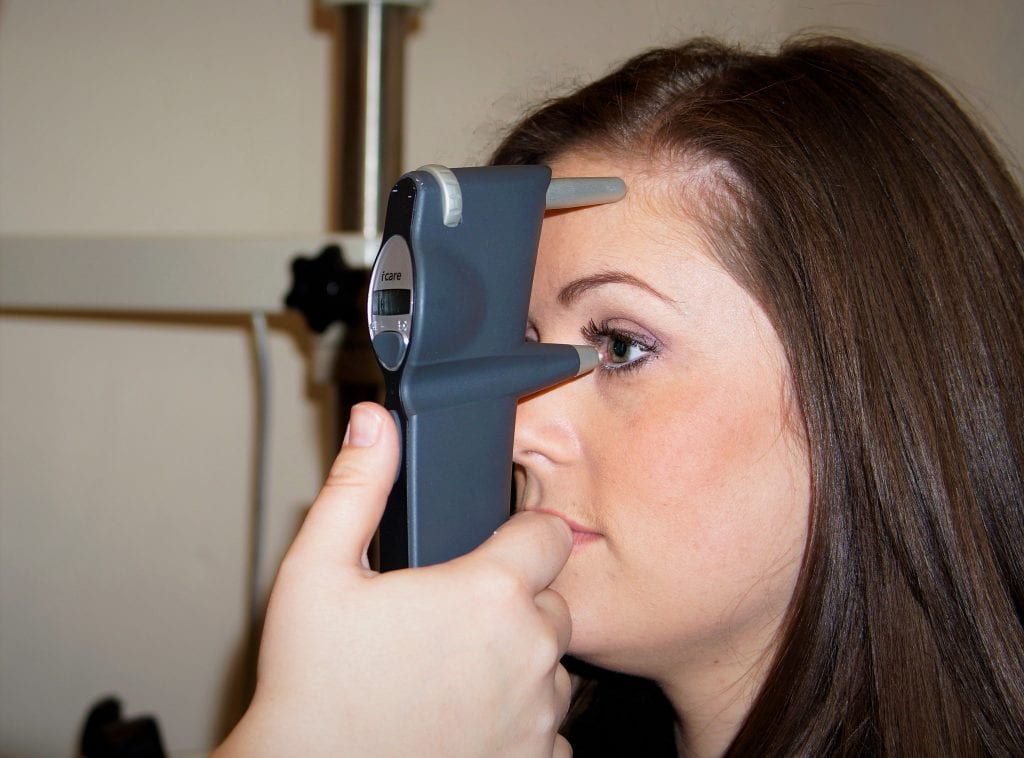
Because of the transience of this condition, treatment is often not necessary during the time of the occurrence. The vision loss that you experience should subside within an hour, but it is important to take a few precautionary measures to prevent further injury or discomfort during an episode. Once you notice the vision loss, you should stop whatever you’re doing and rest your eyes until your vision appears normal. If your vision problems are accompanied by a headache, take an over-the-counter pain reliever to help alleviate the discomfort.
Other methods of treatment may include medications or medical devices that are intended to limit or prevent the ocular migraines from happening altogether. Medications that are commonly prescribed to treat epilepsy have proven to be an effective treatment for ocular migraines. These include valproic acid and topiramate. Other medications that may be effective are CGRP inhibitors, blood pressure medicines (such as beta-blockers), and tricyclic antidepressants.
Fortunately, there are some simple lifestyle changes you can take to prevent an oncoming ocular migraine that have proven to be quite effective. Like traditional migraines, ocular migraines can be triggered by a number of different factors. To prevent a debilitating ocular migraine from occurring, try to avoid the following to the best of your ability:
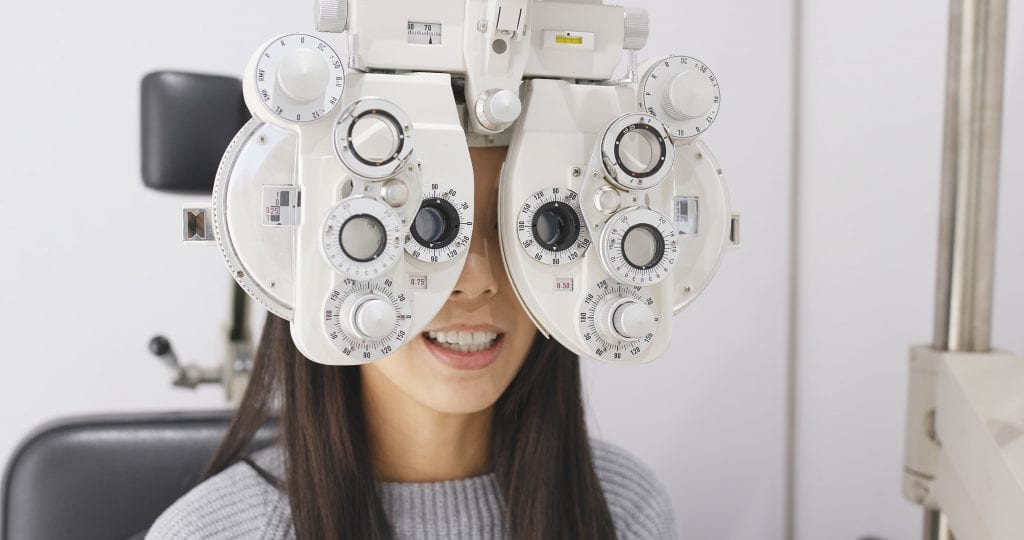 Visit Your Reno Optometrist
Visit Your Reno Optometrist Ocular migraines are quite rare, and the symptoms are often caused by other underlying problems. To determine the true source of your complications, be sure to meet with the Reno optometrists at Visionary Eye Center. Their team of dedicated, professional optical specialists will be able to help you with your vision problems and provide effective solutions and care to help you feel better. Connect with the experts at Visionary Eye Center today!
If you have been blessed with good eyesight it is easy to take your vision for granted, but in reality, your life would change dramatically if something were to happen to your eyesight. Eyes usually don’t need a whole lot of attention, but it’s important to be able to realize if your eyes are trying to tell you something.
However, there is a fine line between harmless eye irritation and serious issues, but how do you know which eye symptoms you should never ignore? Keep reading and we will explore some eye issues you should always take seriously.
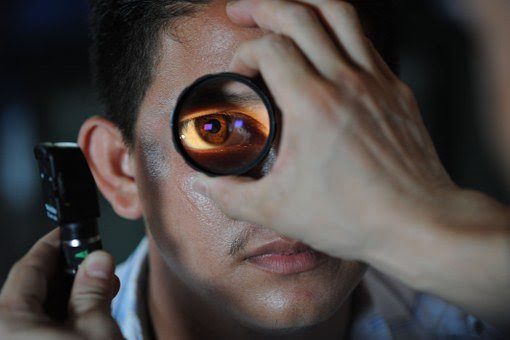
While it is sometimes difficult to assess your own personal eye well-being, one tell-tale sign of serious eye issues is pain. If it comes on suddenly, lasts for a few minutes, and is pretty much unexplainable (i.e. nothing irritated it or caused it pain) then you should never ignore this eye symptom.
Right away, you should get in to see the eye doctor. It may be brief, but this is the way that your eye is telling your mind that something is wrong. It could be nothing, but do you really want to risk your eyesight on that?
If you haven’t ever experienced this before, it can be quite alarming, especially if it is vivid for the first time. Floaters are the little squiggly things that sometimes appear before your eyes, best seen when looking at the blue sky or a white wall.
You may have experienced this before and it is quite normal, but if this is happening frequently or causing delusion or pain you should definitely get it looked at.
If you have floaters and are also experiencing flashes of light along with them, it could be a sign of a retinal tear that could possibly lead to a retinal detachment.
Blurry vision can be the effect of a few different eye issues, most notably dry eye. Dry eye occurs when there is simply not enough lubrication of the eye and can cause blurry vision, redness, and itchiness.

Other factors can also cause blurry vision like smoke, wind, extreme heat or cold, certain medications, diabetes, and pregnancy. The easy solution to blurry vision could be as simple as eye drops, but if this doesn’t help improve the situation then you should see the optometrist.
If your blurry vision suddenly gets more severe, it could be a sign of high pressure in your head and spinal cord or inflammation of your optic nerve.
Double vision can be extremely dangerous if it is present in both eyes. It could be a sign of neurological problems, and you should go directly to the emergency room if you notice double vision in both eyes. This could also be accompanied by slurred speech or pain.
However, if double vision is present in one eye it could be a sign of a corneal issue or retinal issue, and you should schedule an appointment with an optometrist if it is occurring regularly. You definitely do not want to ignore double vision.
While eye redness can be an effect of many different things including allergies, smoke, and lack of sleep, it can also be a sign of pink eye or conjunctivitis. If your eyes are irritated and red you could just need a few days of eye drops, but if pain, a burning sensation, or blurred vision is present you should consult an eye specialist.
Red eyes can be totally harmless if only happens rarely but could be a sign of serious eye infection if it happens often or you wear contacts regularly.
Some peoples’ eyelids naturally hang down a bit lower and as you grow older gravity starts to take an effect, but a sudden droop in one or both eyelids could be a sign of stroke, muscle disease, or a nerve problem.
A gradual increase of drooping eyelids is natural, but if this occurs out of nowhere then you should take it seriously and report to the emergency room if any other symptoms accompany this.
Hopefully, this blog has increased your knowledge about which eye symptoms you should never ignore and also given you some peace of mind. Visionary Eye Center is your home for custom vision solutions, and we take pride in offering top tier care for each patient.
We want our patients and community to be well informed to make the best health decisions for you and your family. Please don’t hesitate to contact us with any general inquiries or concerns, and we look forward to meeting you!
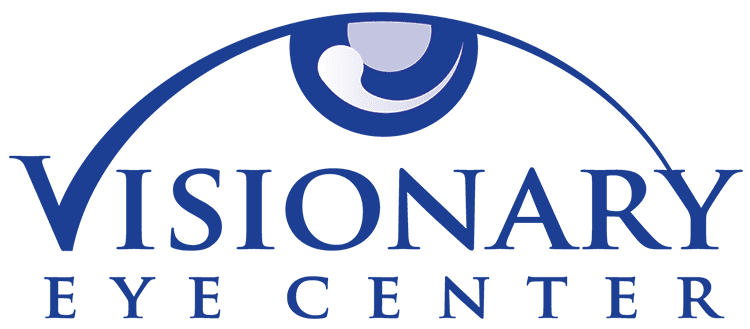 775.827.1100info@visionaryeyecenter.com8175 South Virginia Street Suite B-900
775.827.1100info@visionaryeyecenter.com8175 South Virginia Street Suite B-900